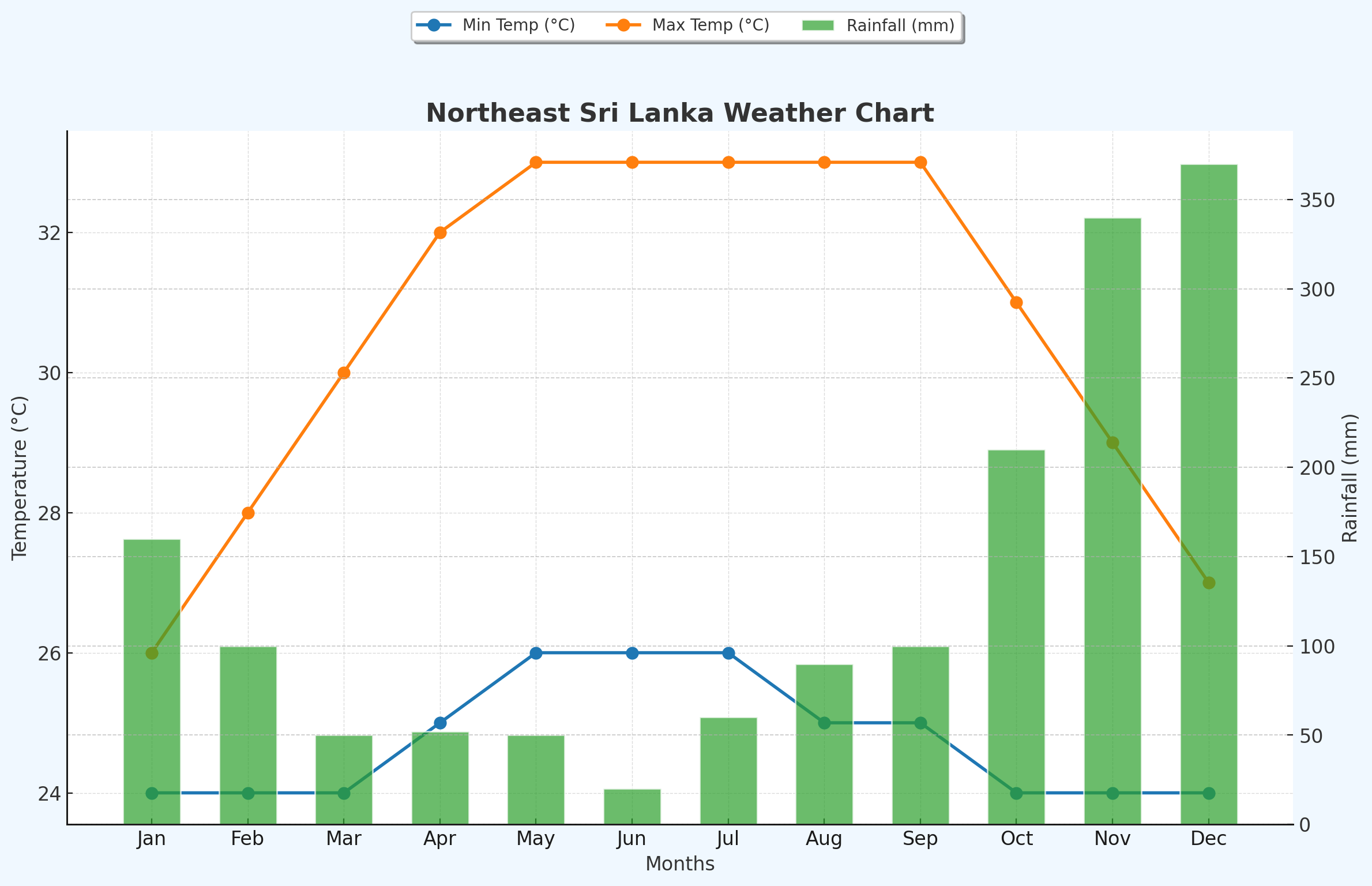Sri Lanka is a year-round destination, but understanding its distinct seasons and monsoon periods will help you plan the perfect trip. The country experiences two main monsoons: the Yala (south-west; April to September) and the Maha (north-east; November to March).
Peak Season (December to April)
The best time to visit the south-west coast, including popular regions like Colombo, Galle, and Bentota, is from December to April. This period offers dry, sunny weather, ideal for exploring cultural sites, enjoying beach days, and engaging in outdoor adventures like hiking and cycling. January is particularly great for wildlife watching, as national parks such as Yala are teeming with elephants, leopards, and other wildlife.
Shoulder Season (September to November)
September to November is the shoulder season in Sri Lanka. During these months, you can experience the best of both worlds: fewer crowds and lower prices, with weather conditions still favorable in many parts of the country. This period is great for visiting the north and east regions, which remain dry and sunny.
Off-Season (May to August)
The off-season from May to August is marked by the south-west monsoon, affecting the southern and western parts of the island. However, this is a fantastic time to explore the less-crowded northern and eastern regions, where the beaches are warm and sunny. May is also a peaceful time for wildlife tours and exploring cultural sites with fewer tourists.
Month-by-Month Guide
- January: Warm, dry, and sunny. Ideal for cycling, hiking, and wildlife watching.
- February: Great beach weather, wildlife tours, and outdoor adventures.
- March: Excellent for whale watching and visiting the Hill Country.
- April: Perfect for family adventures, with mild weather and various outdoor activities.
- May: Quiet and peaceful; ideal for exploring the eastern beaches.
- June to August: Northern regions are sunny; a good time for island-wide tours.
- September: Less crowded, perfect for exploring the northern and eastern regions.
- October: Unpredictable weather but fewer tourists; suitable for cultural exploration.
- November: Start of the peak tourist season with mixed weather conditions.
- December: Busy month with numerous activities and great for combining with a Maldives trip.
Weather Pattern Overview
- January to March: Cooler months with moderate rainfall, gradually decreasing from January (160 mm) to March (50 mm).
- April to September: Warmer months with minimal rainfall, particularly in June (20 mm), making it the driest month.
- October to December: Rainy season begins, with October (210 mm) leading to the peak in November (340 mm) and December (370 mm), which is the wettest month.



